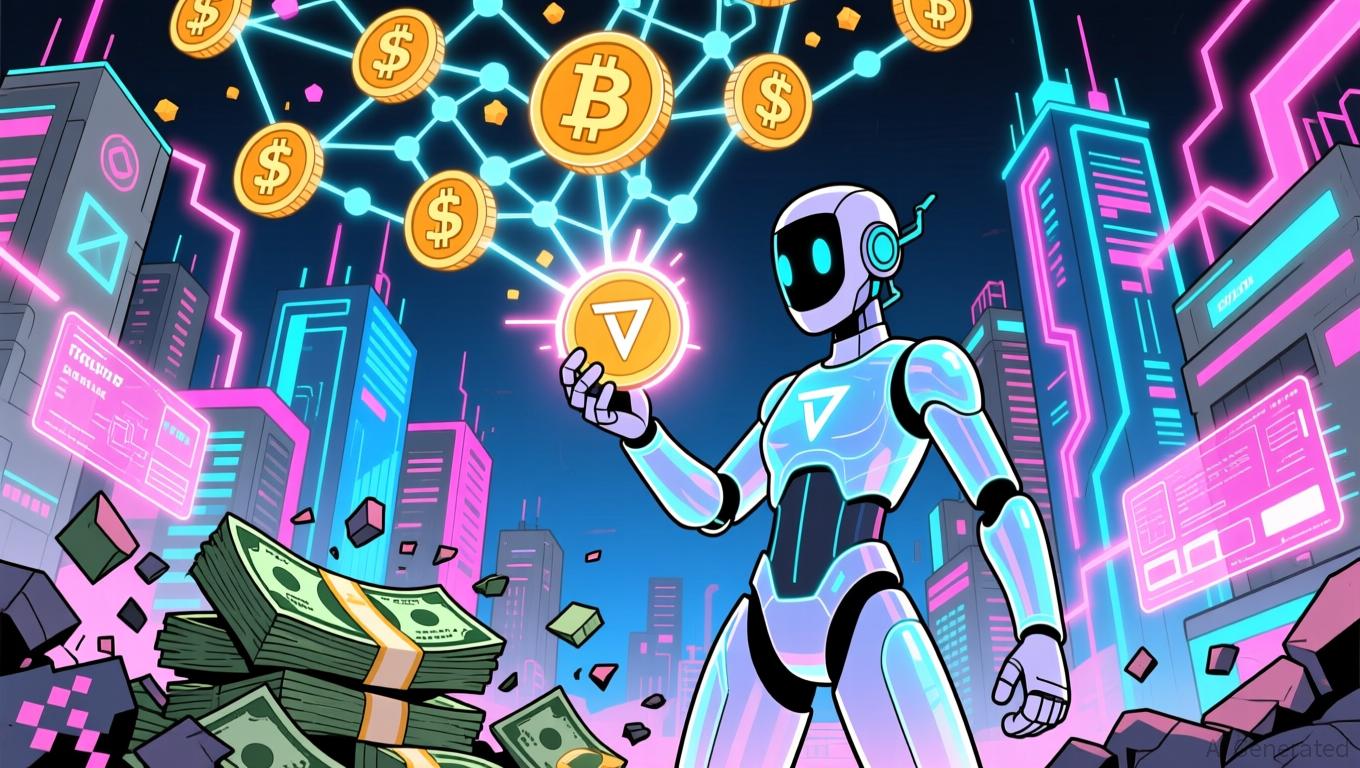Vitalik Buterin's Support for ZKsync: Driving Institutional Embrace of Zero-Knowledge Scaling
- Vitalik Buterin endorses ZKsync's Atlas upgrade, boosting Ethereum scalability and liquidity infrastructure. - Atlas enables 15,000 TPS, real-time Ethereum liquidity access, and 70% lower fees, driving $3.5B TVL growth. - Deutsche Bank and Sony adopt ZKsync for cross-chain solutions, while ZK token's 50% price surge reflects institutional confidence. - ZK Layer-2 market projected to grow at 60.7% CAGR to $90B by 2031, fueled by Ethereum's ZK rollup strategy and institutional adoption.
ZKsync's Atlas Upgrade: Technical Innovation Meets Institutional Momentum
Launched in 2025, ZKsync's Atlas upgrade has set a new standard for Layer-2 (L2) scalability, supporting over 15,000 transactions per second (TPS), achieving finality in just one second, and offering nearly zero transaction fees. More importantly, it enables chains built on ZKsync to tap directly into Ethereum's liquidity in real time, removing the barriers of fragmented liquidity pools and boosting cross-chain performance. This breakthrough is in line with Ethereum's broader commitment to ZK-powered scaling,
The effects of the upgrade are already visible in key market indicators. ZKsync's total value locked (TVL) climbed to $3.5 billion in the third quarter of 2025,

Institutional Growth and Tokenomics: A Positive Feedback Loop
The evolution of ZKsync's ZK token from a governance tool to an asset with real value capture has further fueled institutional engagement.
The platform's transaction statistics also highlight its enterprise appeal: by the fourth quarter of 2025, ZKsync had processed 1.2 billion transactions,
Market Outlook and Investment Potential
Investors should also consider the strategic partnerships between ZKsync and leading financial organizations.
Conclusion: ZK Infrastructure at a Critical Juncture
Vitalik Buterin's backing of ZKsync goes beyond mere celebrity endorsement—it affirms that ZK technology is ready for mainstream institutional use. With achievements like the Atlas and Fusaka upgrades, a $3.5 billion TVL, and a projected 60.7% CAGR, ZKsync stands out as a compelling investment prospect. For those looking to participate in the next chapter of Ethereum's scalability journey, ZK infrastructure has moved from the sidelines to the center of the blockchain transformation.
Disclaimer: The content of this article solely reflects the author's opinion and does not represent the platform in any capacity. This article is not intended to serve as a reference for making investment decisions.
You may also like
TRX News Today: JUST DAO Links USDJ with TRX to Address Market Fluctuations and Regulatory Challenges
- JUST DAO suspends USDJ operations, pegging it to TRX at 1:1.5532 to stabilize amid crypto volatility and regulatory scrutiny. - USDJ surged 187.82% pre-announcement, outperforming Bitcoin’s 0.77% drop as TRON-based assets show resilience. - Market cap fell to $3.21T as USDJ’s TRX peg aims to reduce fiat reliance and align with DeFi’s blockchain-native trends. - Mixed reactions highlight risks of TRX volatility undermining the peg, while analysts foresee TRX’s DeFi integration boosting its 2025 appeal.

TWT's Updated Tokenomics Framework: Transforming DeFi Governance and Enhancing Investor Yields
- Trust Wallet's TWT token redefines DeFi governance through utility-driven value creation, deflationary supply, and community governance in 2025. - Permanent burning of 88.9 billion tokens creates scarcity, while gas discounts, collateral capabilities, and governance rights align utility with platform adoption. - Hybrid investor returns combine scarcity-driven appreciation, staking yields, and fee-burn mechanisms, but depend on Solana ecosystem performance and utility adoption. - Challenges include fragme

ETH Tracks a Multi-Wave That Points Toward a $16,528 Projection

El Salvador government adds $100M worth of Bitcoin amid market dip
